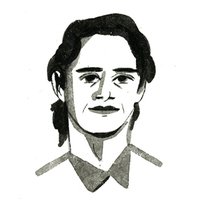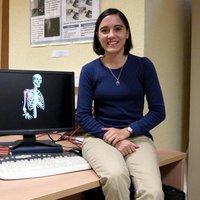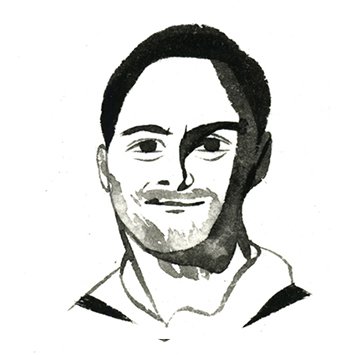Computer & electronics hardware
Jamie Shotton
He gives computers new ways to see the world.

Europe
Séverin Marcombes
Designed a local, cross-platform and secure storage solution for multiple devices

Global
Yevgen Borodin
A software tool conceived for blind people could offer an intuitive way for anyone to listen to online material.

Latin America
Marie André Destarac
Her open software system improves diagnostics and the design for therapies to treat muscular injuries

Global
Zakir Durumeric
A computer scientist sees a way to improve online security.
